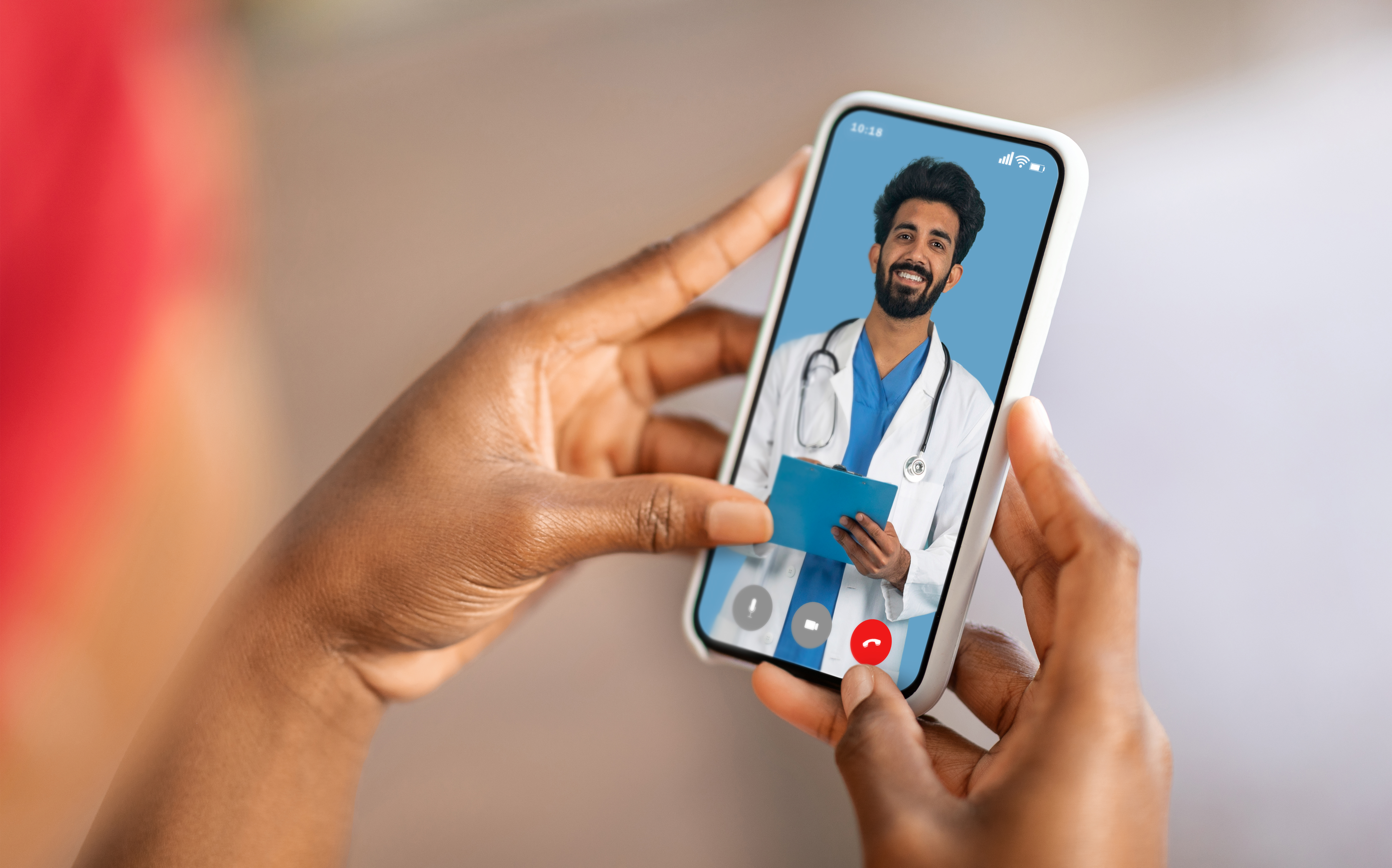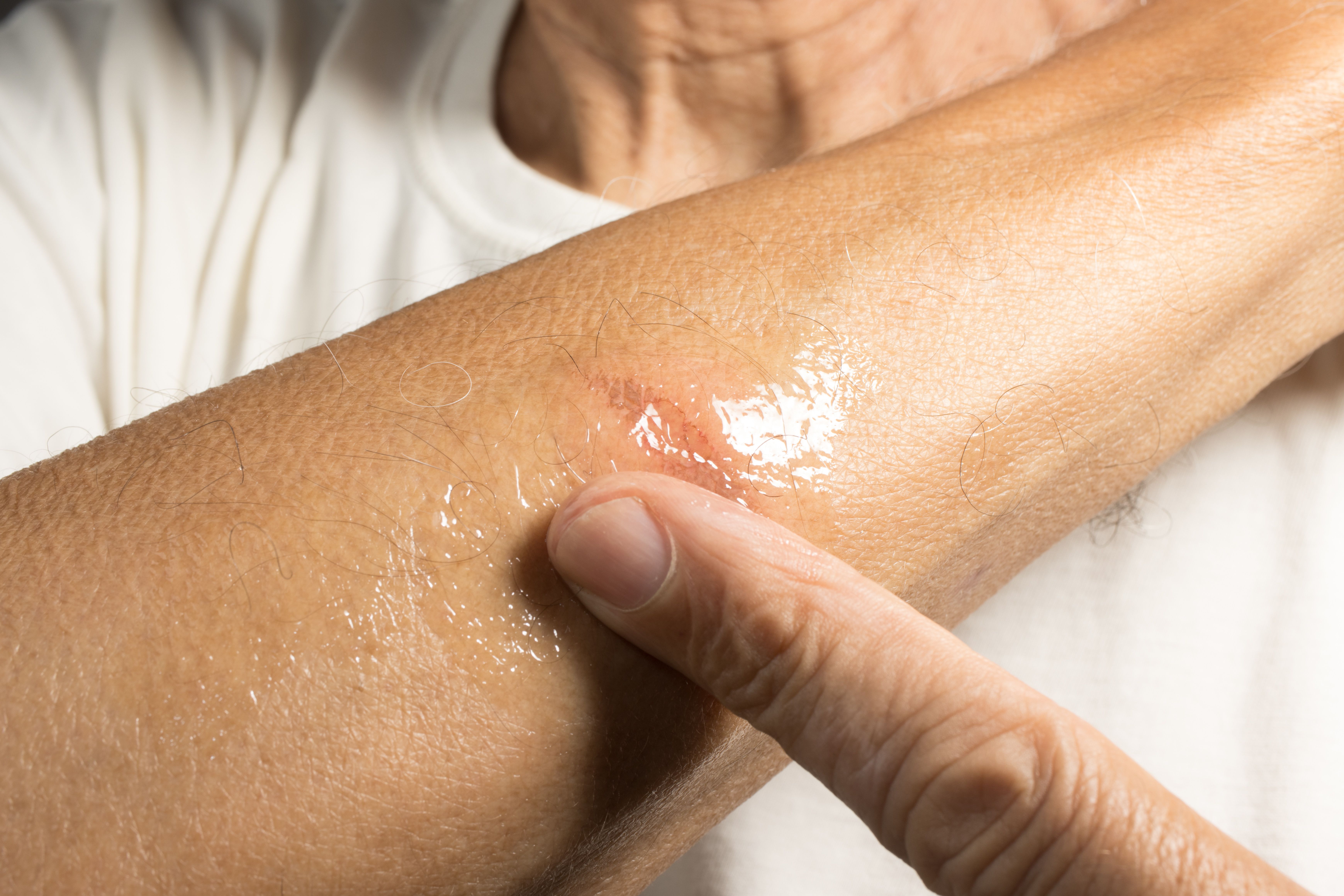10 Essential First Aid Techniques for Effortlessly Managing 1st Degree Burns
7. Understanding When to Seek Medical Help

While most 1st degree burns can be managed at home, there are situations where professional medical help is necessary. Burns that cover a large area of the body, occur on sensitive areas such as the face or joints, or are accompanied by severe pain should be evaluated by a healthcare provider. Additionally, individuals with compromised immune systems or pre-existing health conditions may require medical supervision to ensure proper healing. Understanding when to seek professional help is crucial for preventing complications and ensuring optimal recovery. By being aware of these guidelines, individuals can make informed decisions about their care and seek medical assistance when necessary, ensuring the best possible outcome.
8. Long-Term Care and Scar Prevention

Even after a 1st degree burn has healed, long-term care is important to prevent scarring and maintain skin health. Moisturizing the affected area regularly can help restore skin elasticity and reduce the appearance of any residual redness. Products containing ingredients like cocoa butter or vitamin E are particularly effective for this purpose. Additionally, protecting the area from sun exposure is crucial, as UV rays can exacerbate discoloration and delay healing. Using a broad-spectrum sunscreen with an SPF of at least 30 can provide adequate protection. By incorporating these long-term care practices, individuals can ensure their skin heals beautifully and minimize the risk of scarring.
